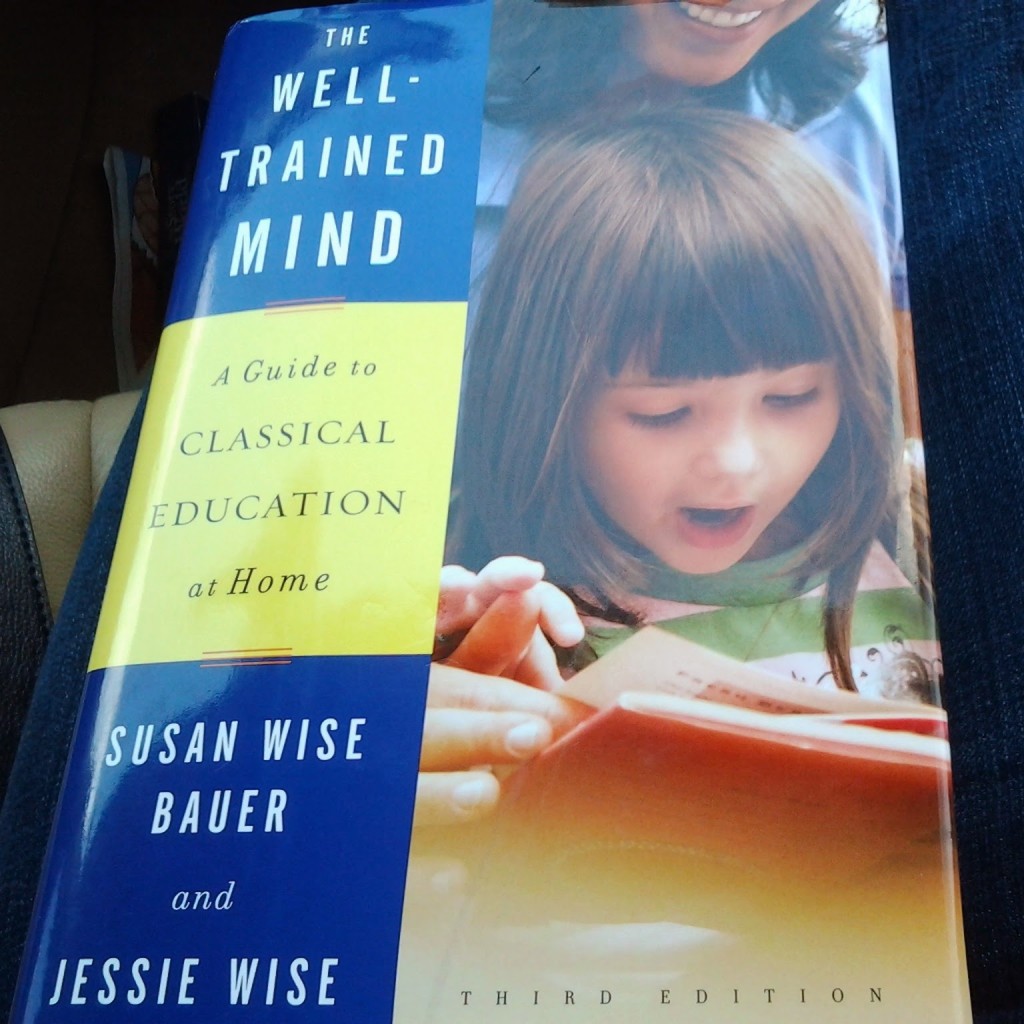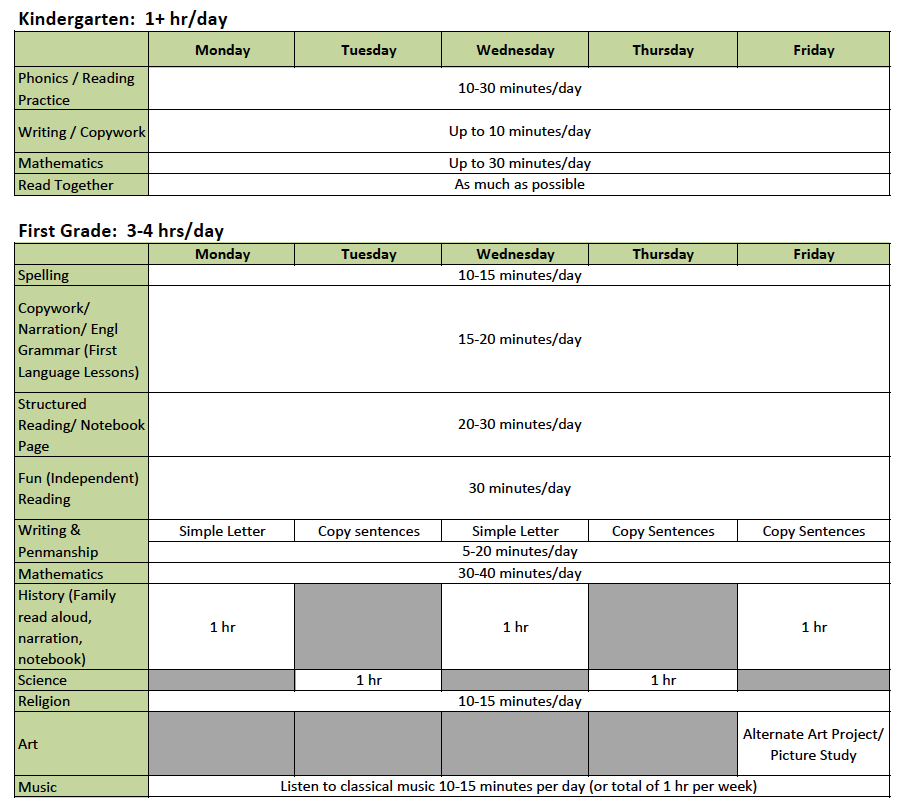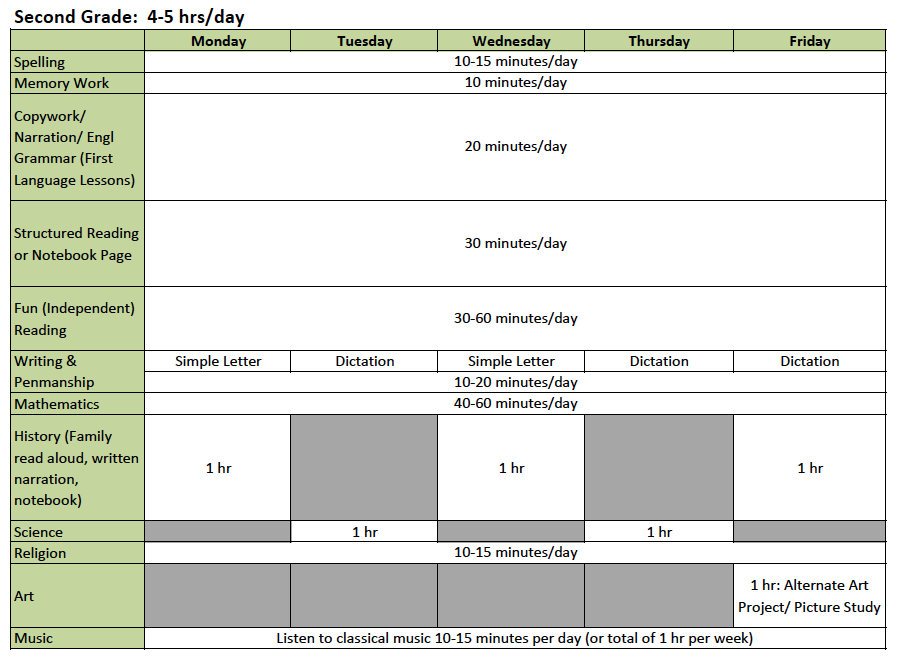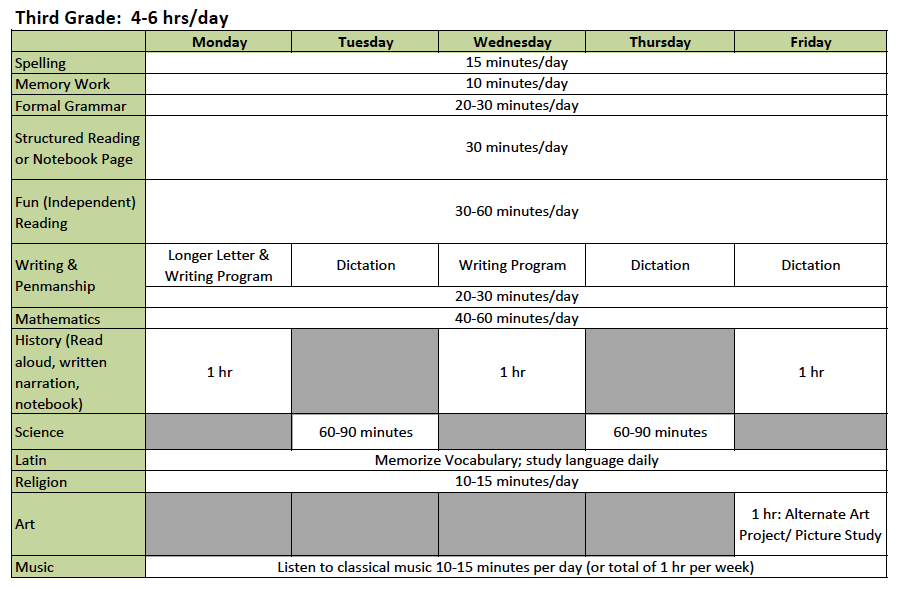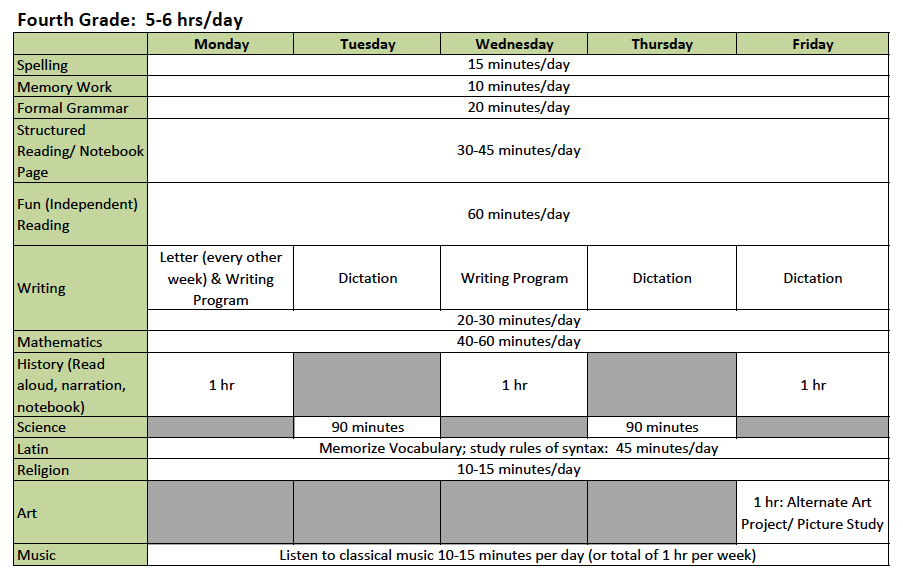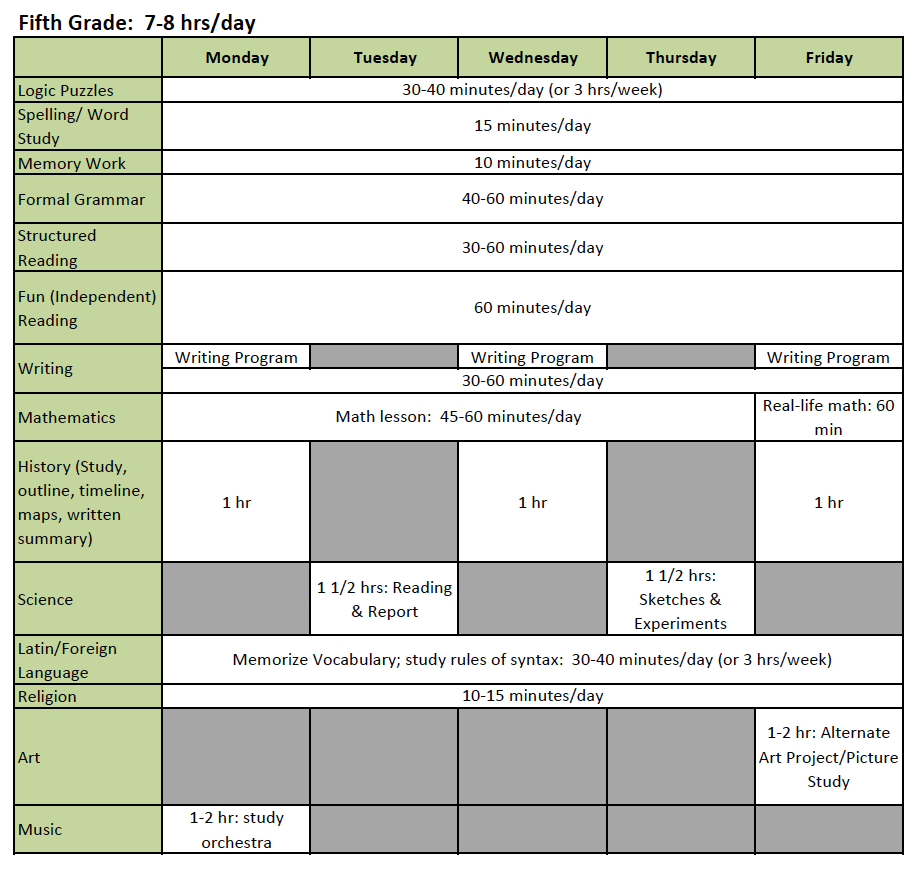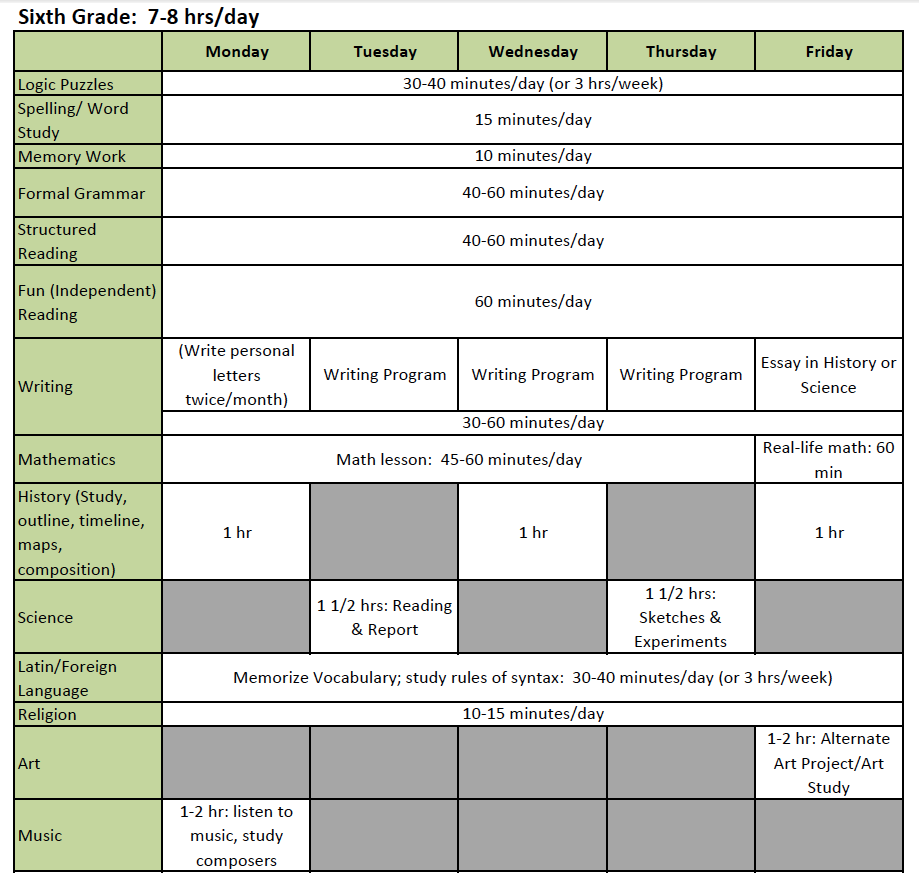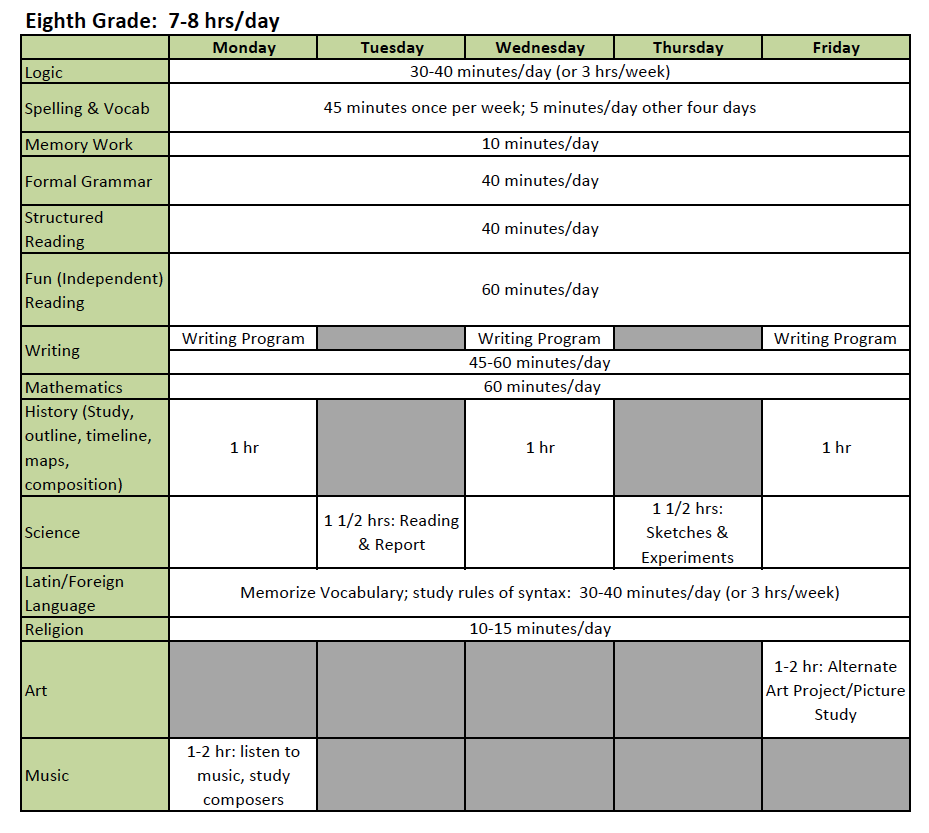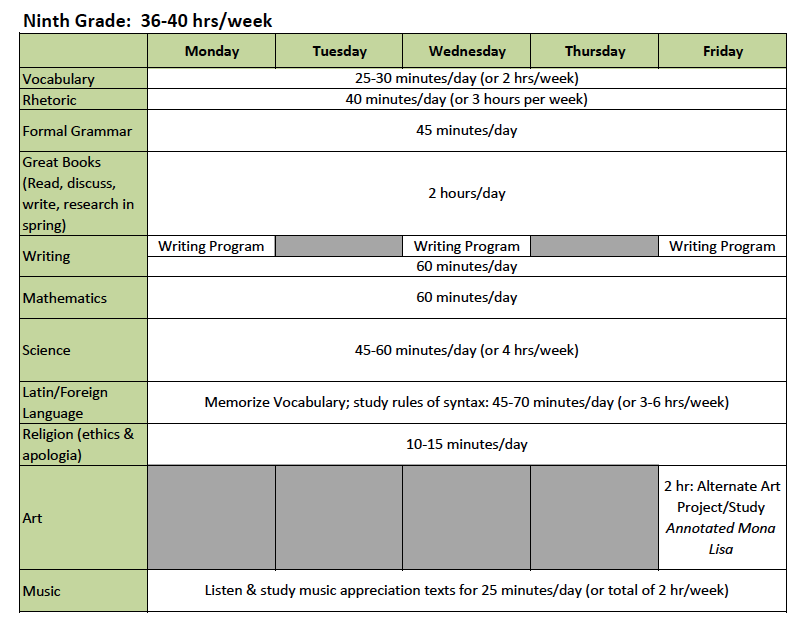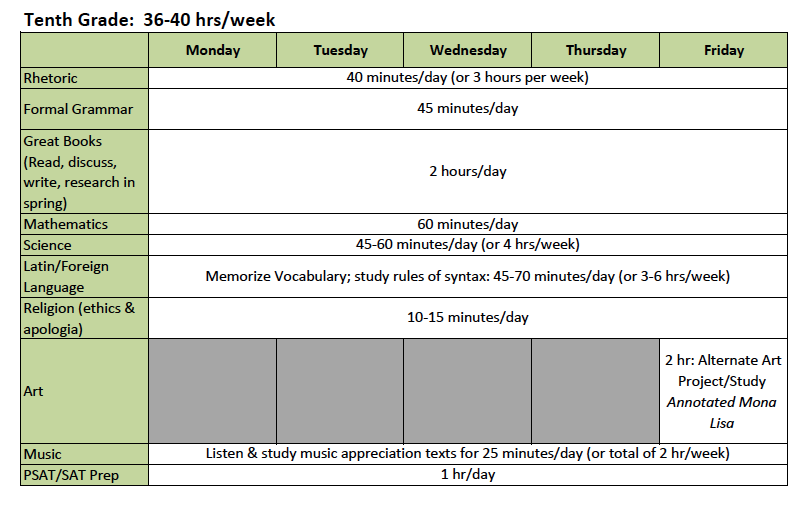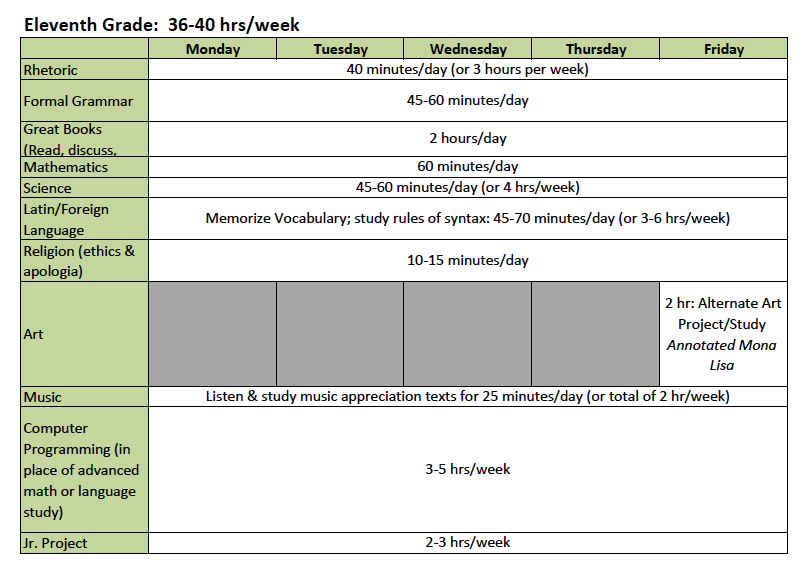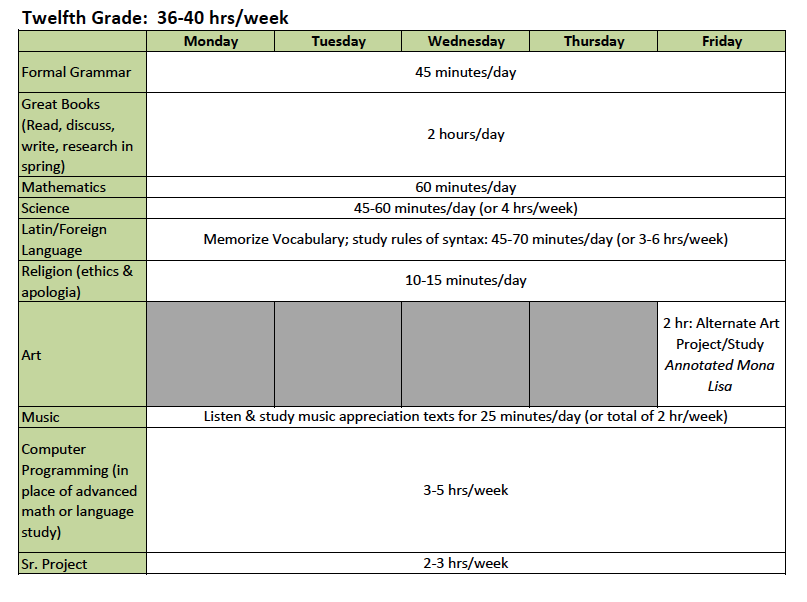Believe it or not, I’m a highly distractible mom who gets sidetracked easily and chases rabbit trails to infinity and beyond.
But… maybe this is why plans are so important to me. If I don’t have a plan in place, our homeschool derails. And life provides enough derailing for me to not run off the tracks before an adverse circumstance hits. That’s not to say I don’t still chase rabbits with my children – because the freedom within the early years is that you can spend quite a bit of time on interest-led learning. I love flexibility, but definitely with a plan in place so we don’t completely unravel all of our school days.
I hesitated for quite a while before I finally bought (and read) The Well-Trained Mind. Its thickness was foreboding. Little did I know, it is a book that does not need to be read in its entirety but is a reference manual that will be used for many years to come. Even so, it actually shocked me that it was such a readable and practical book. I actually enjoyed reading it! For those who fear the price tag or the length, here’s some of what it contains for each stage of learning:
- How to teach each subject at each stage (from birth to 12th grade)
- Time required for each subject, general instructions, and how to implement it
- Where your child should be with each subject in each year
- Overview of daily schedules with specific details for each subject
- Resources for each subject (book lists for absolutely everything – including read-alouds and curriculum for all subjects!)
- How to set up notebooks and make them part of your everyday routine
This book helped me to realize the importance of immersing my children in words rather than chasing so many crafts, worksheets, and online activities. It helped me to realize the importance of what I originally thought were mundane and meaningless tasks, such as notebooking, narration, dictation and copywork.
But that is just my very high-level overview after finally finishing my first reading of The Well-Trained Mind. Since then, I’ve been working on a graphical representation of the schedules contained within because I am sort of a visual learner. (This took me months to do because… I’m a highly distractible mom who gets sidetracked easily and chases rabbit trails to infinity and beyond.) Would you believe I couldn’t really comprehend the schedules without seeing them in a planner format? Ridiculous, but… that’s me in a nutshell.
Please note that this is my own interpretation of The Well-Trained Mind schedules and, as such, may contain errors. Because these schedules lack the details (by “science,” it does not mean “science lecture” but includes such things as investigating nature, doing experiments, reading books, creating a notebook page, etc.), it is difficult to interpret what is truly meant by these schedules without having The Well Trained Mind to provide those additional details. To fully understand what is meant by each subject, you will likely need to reference the book itself. Nevertheless, here is our quick at-a-glance reference that I’m using (very loosely) as we travel through each stage of learning – a way for us to gauge our tasks and keep our school days efficient and focused (although, believe me, I will not be setting up a timer for such things).
Lest anyone take these schedules too seriously, you must read what someone shared with me:
Recently, I personally shared my exasperation with Susan Wise Bauer (at the VA Homeschooler Convention) how difficult it is to adhere to these schedules. Her response was that these schedules were added by her publisher – she has a much more relaxed approach to scheduling than how it seems in her book. I was surprised – and relieved – to learn this. So, for all of us type A personalities and others out there, feel free to use these schedules as a GUIDE. I’ve had to remind myself that flexibility is one of the top reasons why I homeschool in the first place.
Very well said! So… with that in mind, here are the schedules to be used as a rough GUIDE.
Remember: The main idea throughout the grammar stage is to immerse your children in words. Reading comprises the most important part of a young child’s education.
My hope is that this is not overwhelming but helps to simplify what a classical education might look like. Finally, I encourage anyone and everyone to read The Well-Trained Mind. I wish I had read it before we ever started homeschooling!
Disclaimer: This is a rough guideline interpreted from the advice and wisdom of professionals who understand classical education much better than I do. I offer it as a guide, not as a means of placing anyone in bondage to schedules and plans. After all, I haven’t okayed this schedule with Isaac (upcoming baby boy #4), who will be the one dictating what our schedule will really look like next year.
Many are the plans in a person’s heart, but it is the Lord’s purpose that prevails. Proverbs 19:21

